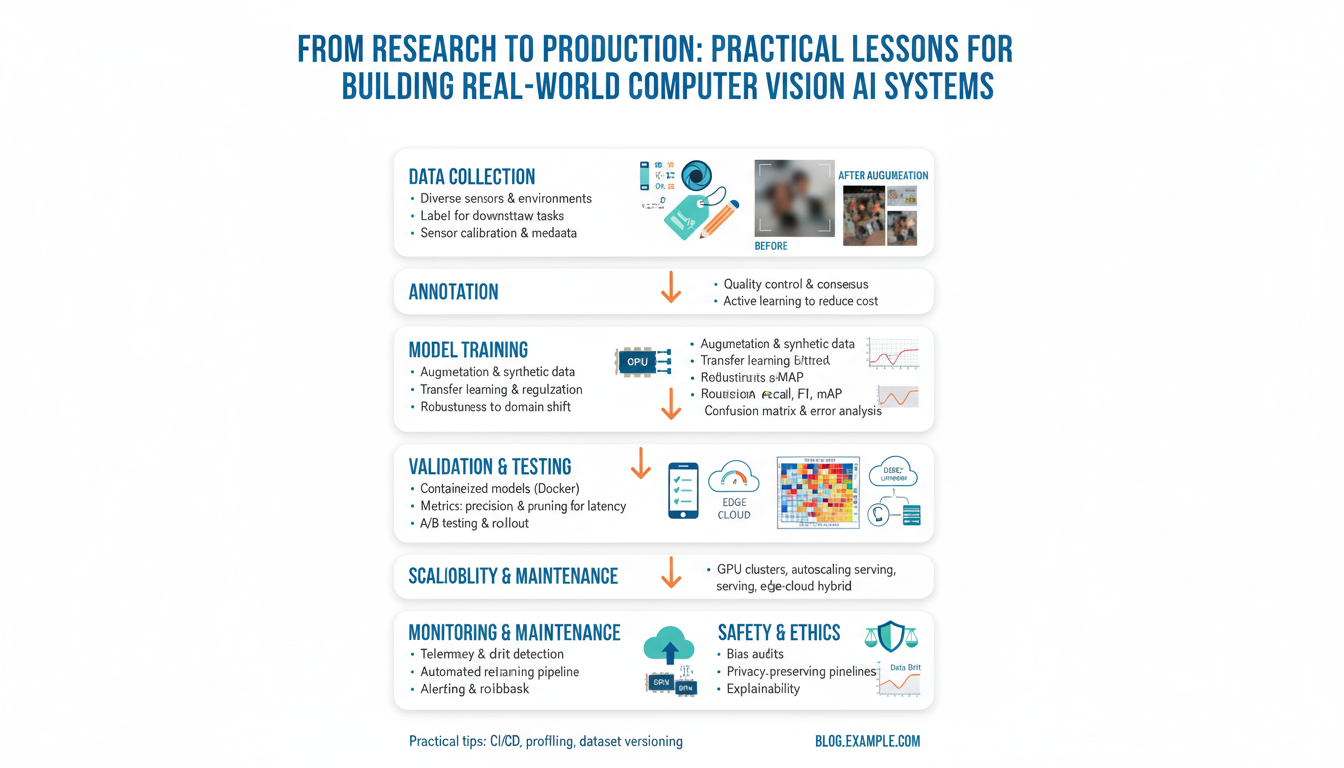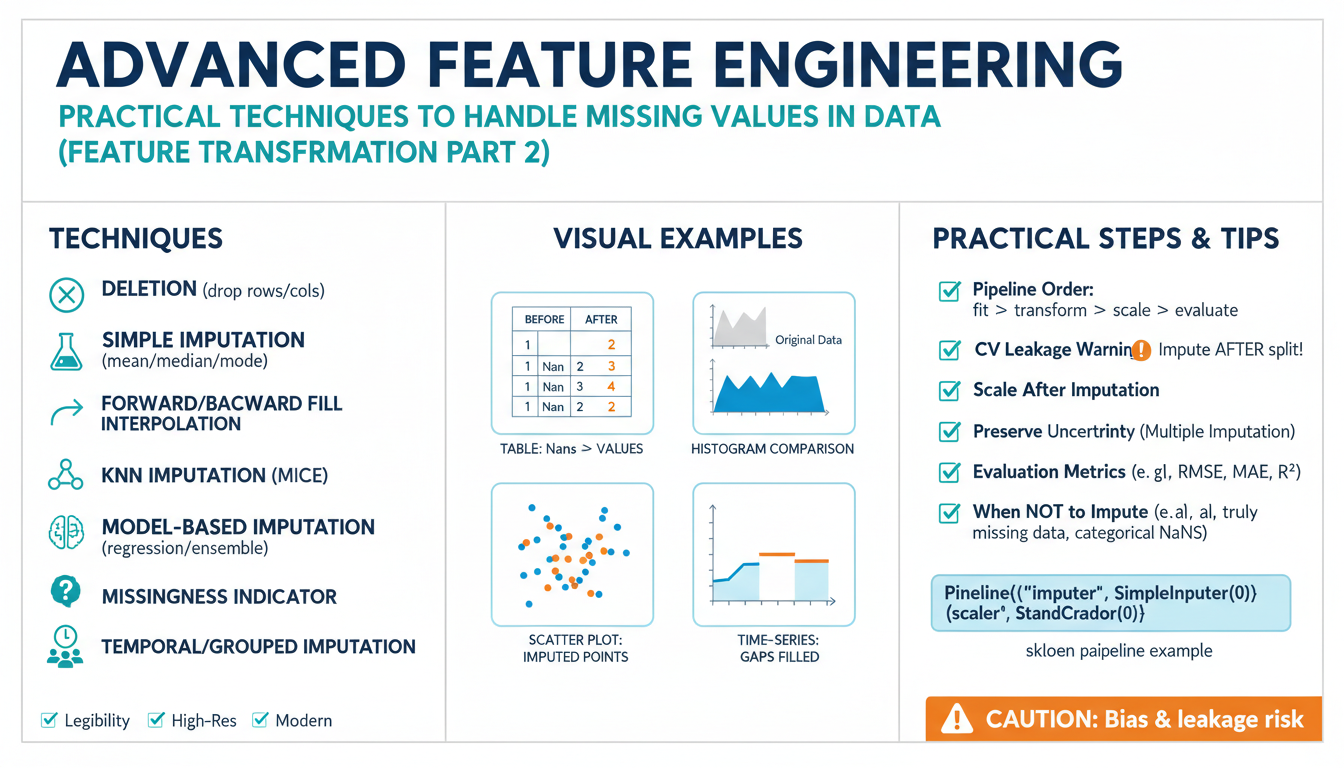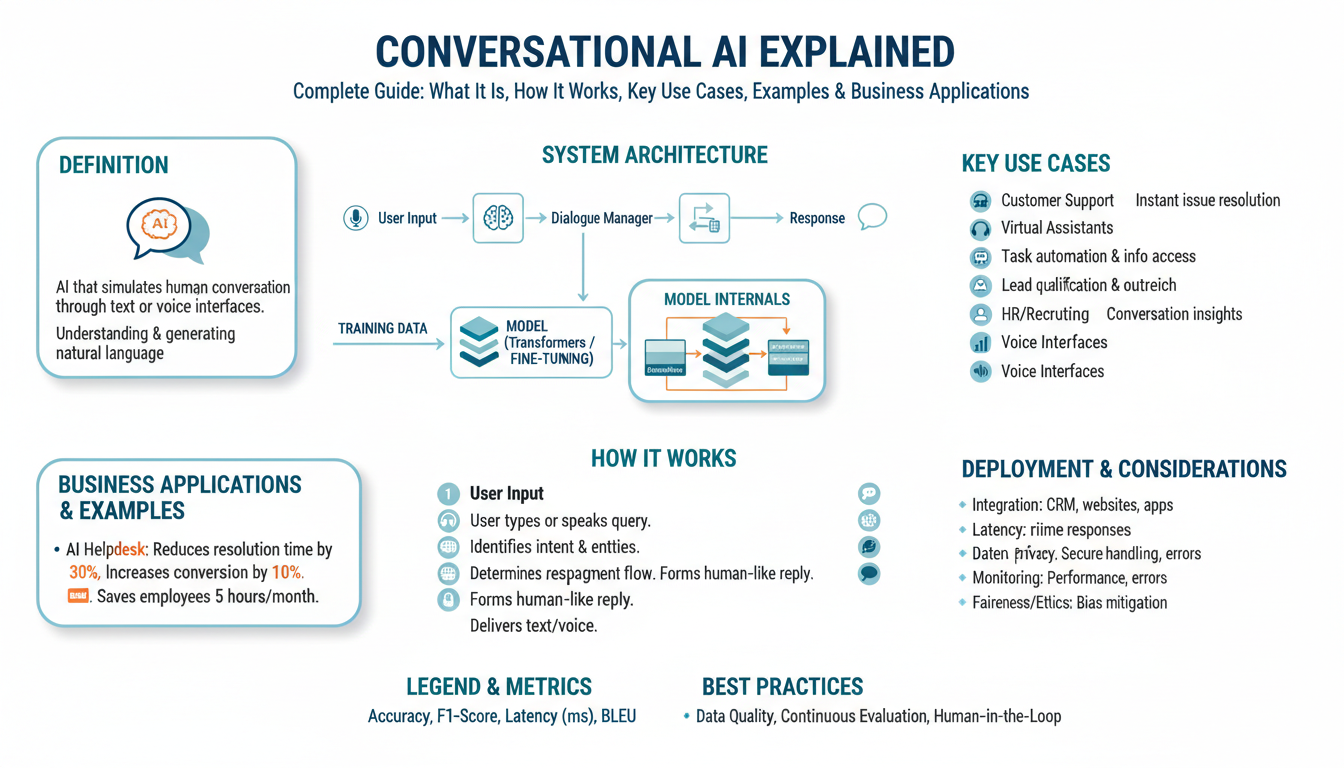Understanding Conversational AI and Its Business Value
Conversational AI has revolutionized how businesses interact with their customers, ushering in an era where automated, intelligent systems can manage complex queries and deliver personalized engagement at scale. But before diving into how to choose the right platform, it’s crucial to understand what conversational AI is, how it works, and why it delivers significant value to modern enterprises.
At its core, conversational AI refers to technologies like chatbots and virtual assistants that can converse with users in natural language, replicating human-like interactions across digital channels. Leveraging advancements in natural language processing (NLP), machine learning, and speech recognition, these systems can understand, interpret, and engage with users in a meaningful way. Major tech leaders such as Google and Microsoft have invested heavily in the development and improvement of these platforms, indicating just how central they are to the future of business interactions.
The business value of conversational AI is multifold, impacting efficiency, customer satisfaction, and the bottom line. For example, by implementing AI-driven chatbots, companies can offer 24/7 customer support, reduce wait times, and free up human agents for more complex cases. A Gartner report predicts that chatbots will become the primary customer service channel for roughly a quarter of organizations by 2027, underscoring the growing trust and reliance businesses are placing on these tools.
Moreover, conversational AI platforms enable data-driven decision making. Each customer interaction can be analyzed to gain insights into user preferences, emerging trends, and service bottlenecks. This ability to harness real-time, actionable data gives businesses a significant edge in competitiveness and agility. For instance, insights derived from AI-driven analytics can inspire new products or refine marketing strategies, as demonstrated in case studies from leaders like Salesforce Einstein.
Consider a retail business that employs a conversational AI chatbot on its website. Customers can instantly inquire about product availability, track orders, or request personalized recommendations, all without waiting for a human representative. This not only streamlines the buying process but also enhances the user experience, leading to higher satisfaction and increased sales.
Conversational AI’s value extends beyond external customer interactions, too. Within organizations, AI-driven virtual assistants can automate repetitive tasks, schedule meetings, and provide instant answers for HR or IT queries, contributing to greater productivity and improved employee morale. The Harvard Business Review has highlighted how AI can positively impact the employee experience when deployed thoughtfully and with a human-centric approach in mind.
The evolution of conversational AI is ongoing, with constant enhancements improving the technology’s accuracy and effectiveness. Businesses looking to harness its transformative potential must first appreciate both its foundational mechanisms and the wide-ranging business benefits, setting the stage for a more strategic platform selection process.
Key Features to Look for in a Conversational AI Platform
When evaluating a conversational AI platform, selecting the right features is crucial for your business success. Here are the most critical aspects to assess, along with guidance and examples for each:
Natural Language Understanding (NLU) Capabilities
The effectiveness of a conversational AI platform largely hinges on its ability to process and understand human language. Robust NLU enables the system to interpret user intent, manage ambiguous statements, and respond contextually. For example, platforms like Google Dialogflow offer advanced NLU that can support multiple languages and accents. Businesses should assess the platform’s ability to handle domain-specific jargon and adapt to industry nuances.
Omnichannel Support
Modern customers expect seamless interaction across various channels—websites, mobile apps, messaging apps, and even voice assistants. Ensure the platform integrates with popular communication channels like WhatsApp, Facebook Messenger, and Slack, as well as traditional IVR systems. Solutions such as IBM Watson Assistant provide templates and connectors to integrate with numerous platforms, helping your business maintain consistent engagement across all touchpoints.
Scalability and Security
As your business grows, so will the volume and complexity of conversations. The platform should not only accommodate this growth but also protect sensitive customer data. Evaluate infrastructure scalability, enterprise-grade encryption protocols, and compliance with regulations such as GDPR and HIPAA. Refer to the NIST Cybersecurity Framework for best practices in securing conversational solutions.
Customizability and Integration with Existing Systems
Your chosen platform should allow for workflow customization and easy integration with customer relationship management (CRM), analytics, and backend databases. Look for APIs, SDKs, and prebuilt connectors. For example, Microsoft Azure Bot Service allows businesses to connect bots to enterprise software and automate personalized responses based on user data.
Conversational Analytics and Insights
Measuring the effectiveness of your conversational AI requires robust analytics. Platforms should provide dashboards for tracking key metrics such as engagement rates, sentiment analysis, and conversation flows. Actionable insights enable continuous improvement. A good reference for understanding conversation analytics is Gartner’s overview of Conversational Analytics.
Human Handover and Escalation
Not every customer query can be resolved by AI. Platforms must support seamless handoff to human agents when needed, without losing context. For example, the system should alert agents about the customer’s issue, interaction history, and sentiment, ensuring a smooth transition. According to a study from Harvard Business Review, effective human augmentation significantly boosts customer satisfaction.
By examining these key features in detail, businesses can ensure the conversational AI platform they choose will drive value, increase efficiency, and cultivate superior customer experiences. For more detailed industry standards and recommendations, consider resources from the Forrester Research Collections on Conversational AI.
Assessing Integration Capabilities with Existing Systems
When evaluating conversational AI platforms, a critical criterion is their ability to integrate seamlessly with your business’s existing systems. Integration capabilities ensure that the AI solution truly augments your workflow, enabling it to enhance both customer and employee experiences without requiring massive overhauls to your current software ecosystem.
Understand Your Current Technology Stack
Begin by conducting a thorough inventory of your existing systems—such as CRM, ERP, and communication tools. Document the technical specifics, including APIs, data formats, and authentication methods. This assessment provides a foundational understanding and helps identify which integration points are essential. For example, if your organization relies on Salesforce CRM, you’ll want a conversational AI platform with robust, pre-built connectors for Salesforce or one that allows custom integration with minimal development.
Evaluate API and SDK Support
A powerful conversational AI platform should offer extensive API and Software Development Kit (SDK) support. APIs allow your AI to communicate with your internal databases, retrieve information, and initiate workflows; robust SDKs can reduce integration time. Examine the platform’s documentation— platforms like Google Dialogflow and Microsoft Azure Bot Service are lauded for their developer-friendly API documentation and integration guides. Look for support of RESTful APIs, Webhooks, and libraries compatible with your preferred programming languages.
Check for No-Code or Low-Code Integration Options
Not every business has the in-house technical expertise to build complex integrations. Many modern AI platforms provide no-code or low-code integration features, enabling business users to connect systems via visual interfaces. Platforms like IBM Watson Assistant offer drag-and-drop tools to integrate chatbots with customer service desk portals or databases, reducing the reliance on IT teams and speeding up deployment times.
Assess Security and Data Compliance
Security and regulatory compliance are pivotal, especially when AI systems handle sensitive customer data. Ensure the platform supports secure integration protocols (such as OAuth2.0 for authentication) and complies with relevant data protection regulations like GDPR or HIPAA, as required by your industry. Verify if the platform is capable of ISO 27001 certification or similar standards for data security.
Iteratively Test Integrations
After setting up integrations, conduct thorough testing in a sandbox environment. Use real-world scenarios to validate that data flows as expected between your AI and legacy systems. Create feedback loops involving both IT staff and end users, rapidly iterating until optimal functionality and user experience are achieved.
By systematically evaluating and prioritizing integration capabilities, you position your business to unlock the full potential of conversational AI. Choosing a platform that complements your existing digital infrastructure reduces friction and maximizes return on investment. For more guidance on integration best practices, consider reviewing resources from Gartner IT and Forrester Research, both of which offer expert analyses on enterprise technology alignment.
Evaluating Security and Data Privacy Measures
When considering a conversational AI platform for your business, one of the critical factors is the approach a provider takes toward security and data privacy. The sensitive nature of customer interactions demands robust measures to ensure that information remains protected every step of the way. Below, we explore key aspects you should evaluate and actions you can take to make a thoroughly informed decision.
Understand the Regulatory Landscape
Begin by identifying which data privacy laws and regulations impact your industry and region. These could include the General Data Protection Regulation (GDPR) for businesses serving EU citizens, HIPAA for healthcare entities in the US, or Australia’s Privacy Act. Conversational AI platforms must demonstrate compliance with relevant regulations, so request documentation or certifications that verify their adherence. Reputable vendors will often have third-party audit reports, like ISO/IEC 27001 for information security management systems, to showcase their commitment.
Examine Data Encryption Protocols
Encryption is a cornerstone of data security. Make sure the platform implements encryption both in transit and at rest. That means that when data is transferred from a user’s device to the AI provider’s servers—and while it is stored—it should be protected using robust encryption standards such as TLS (Transport Layer Security) or Advanced Encryption Standard (AES) with a 256-bit key. Ask the provider for specifics on their encryption protocols and confirm they’re in line with industry best practices.
Evaluate Data Storage and Residency Policies
Where is your data stored? Some businesses, especially those operating internationally, must comply with data residency requirements. For example, the principle of data sovereignty requires that certain categories of information remain within a specific jurisdiction. Ensure that your AI provider can keep your data where you need it—and that their storage locations are in compliant, secure facilities.
Investigate User Access and Identity Management
Another vital element is how the platform manages user identities and access controls. Platforms should utilize identity and access management (IAM) solutions, enabling you to set up multi-factor authentication, role-based access, and detailed audit logs. This minimizes the risk of unauthorized access and helps you demonstrate compliance during audits. You can learn more about IAM best practices from AWS’s official documentation.
Clarify Data Retention and Deletion Policies
Ask your prospective vendors how long they retain conversational data and what processes are in place for data deletion upon request. Transparent data retention policies demonstrate respect for customer privacy and legal obligations. Some platforms also offer tools for automated redaction of sensitive information, which can reduce your risk in the event of a breach.
Review Incident Response and Breach Notification Processes
The ability to quickly detect, contain, and remediate security incidents is fundamental. Request details about the provider’s incident response plans—including timelines for notifying affected clients in the event of a data breach. An effective and well-documented response process should be part of the provider’s standard operations. Guidance on these processes can be found at CISA’s incident management resources.
By carefully scrutinizing these security and privacy measures, you can safeguard your organization’s data and build lasting trust with your users. Remember that the responsibility doesn’t end at vendor selection: ongoing assessments and transparent communication should remain an integral part of your conversational AI journey.
Scalability and Customization Options
When evaluating conversational AI platforms for your business, two of the most important factors to weigh are scalability and customization options. Both are fundamental to ensuring that the solution you choose not only addresses your current needs but also grows alongside your business and adapts to evolving requirements.
Scalability: The ability of a conversational AI platform to scale seamlessly is essential, particularly for businesses anticipating an increase in user base, high-volume interactions, or expansion into new markets. Scalable platforms allow you to start small and scale up without significant interruptions or the need for costly overhauls. For instance, cloud-based solutions such as Google Dialogflow and Microsoft Azure Bot Service offer robust scalability features, enabling businesses to handle millions of conversations efficiently. These platforms typically provide autoscaling, distributed architectures, and global reach, ensuring performance remains optimal even during peak times.
- Assess Current and Future Needs: Determine the expected volume of interactions now and estimate future growth. Choose a platform capable of accommodating this growth, ideally with a pay-as-you-go pricing model, so you only pay for what you use.
- Look for Proven Case Studies: Investigate whether the platform has been successfully implemented in businesses of similar size or industry. Reputable sources like Gartner often provide detailed market analysis and real-world examples.
- Consider Cloud vs. On-premises: Cloud-based solutions typically scale better, but on-premises solutions may offer more control. Evaluate your business’s IT strategy and compliance requirements when making this decision.
Customization Options: Businesses have unique needs and brand voices, making customization a critical consideration. A top-tier conversational AI platform should enable you to tailor everything from intent recognition and response flows to integrations with internal systems or third-party applications. Platforms like IBM Watson Assistant provide extensive customization options, including the ability to embed your own business logic, custom scripts, and advanced natural language processing features.
- Editable Conversational Flows: Look for platforms that offer intuitive visual editors or APIs for custom workflows. This empowers non-technical users to make changes, while also allowing developers to fine-tune advanced capabilities.
- Integration Capabilities: Ensure the platform can smoothly integrate with your existing CRM, helpdesk, or other enterprise software. Review documentation, such as Salesforce’s developer resources, to evaluate compatibility with your tech stack.
- Language and Channel Support: The ability to customize bot responses to handle multiple languages and operate across various channels (like WhatsApp, Facebook Messenger, and web chat) is crucial for businesses with diverse customers.
- Personalization: Select solutions that allow for dynamic, context-aware conversations, drawing on user data to provide tailored responses. For in-depth guidance, reputable research from Harvard Business Review sheds light on best practices for personalizing AI interactions.
Committing to a platform with robust scalability and customization ensures your business is well-equipped to handle growing demand, adapt to changing customer needs, and maintain a consistent, personalized brand experience. Taking the time to scrutinize these features and referencing industry benchmarks, case studies, and technical documentation will set your selection process on the right course.
Comparing Costs and ROI of Different Platforms
When evaluating conversational AI platforms for your business, it’s crucial to go beyond feature lists and focus on the costs and the potential return on investment (ROI). Assessing these financial implications ensures that your investment aligns with business goals and delivers measurable value.
Understanding the Cost Structures of Conversational AI Platforms
The pricing of conversational AI solutions can vary widely depending on several factors. Here’s what to consider:
- Subscription vs. Pay-as-You-Go: Some platforms charge a flat monthly or annual fee, while others operate on usage-based pricing (e.g., per chat session or message). For example, IBM Watson Assistant uses tiered pricing that adjusts as your needs grow.
- Customization and Integration Costs: Out-of-the-box platforms may cost less initially but could incur additional expenses if you require deep integration with existing systems or third-party tools. Complex customizations often involve hiring developers or consultants.
- Maintenance and Support: Consider the ongoing costs for updating your AI, monitoring its performance, and gaining access to premium customer support. Some platforms include these services, while others offer them as paid add-ons.
- Training and Implementation: Factor in the resources needed for onboarding your team and training staff to use and manage the AI effectively. Companies such as Gartner offer insights into typical implementation timeframes and challenges.
Calculating ROI for Conversational AI Implementation
To justify your investment, focus on both tangible and intangible ROI components. Here are steps and examples:
- Define Success Metrics: What does success look like for your business? Common metrics include reduced customer service costs, increased leads, or improved customer satisfaction scores. According to Harvard Business Review, aligning metrics to business goals is vital for ROI assessment.
- Estimate Cost Savings: Calculate reductions in labor costs as AI handles routine inquiries. For instance, automating FAQs may decrease the workload for your support team, allowing you to redeploy staff to higher-value tasks.
- Project Revenue Uplift: Some platforms can drive sales through personalized recommendations or seamless transactions. Track any lift in conversions or average order value attributed to the AI’s capabilities.
- Analyze Intangibles: Enhanced customer experience, 24/7 support, and faster response times may boost brand reputation and loyalty, indirectly impacting long-term profits. The McKinsey Digital team covers these aspects in depth.
Case Study Approach: Comparing Platforms
Consider running a pilot with two platforms to directly compare costs and business outcomes. For example:
- Company A chooses a large enterprise solution with robust analytics but higher upfront costs. The analytics help optimize chat flows, reducing support tickets by 30% in six months.
- Company B selects a cost-effective, plug-and-play provider. While savings are immediate, limited customization means some customer needs go unmet, affecting satisfaction scores.
Documenting these outcomes side-by-side can reveal which platform offers the best value for your specific needs.
Leverage External Benchmarks
Do not rely solely on vendor claims. Reference independent studies or third-party reviews from sources like Forrester or Gartner Peer Insights to compare real-world user experiences and ROI statistics.
By systematically comparing all direct and hidden costs, projecting potential ROI, running pilot programs, and consulting reputable sources, businesses can make informed decisions that balance investment against long-term value.



